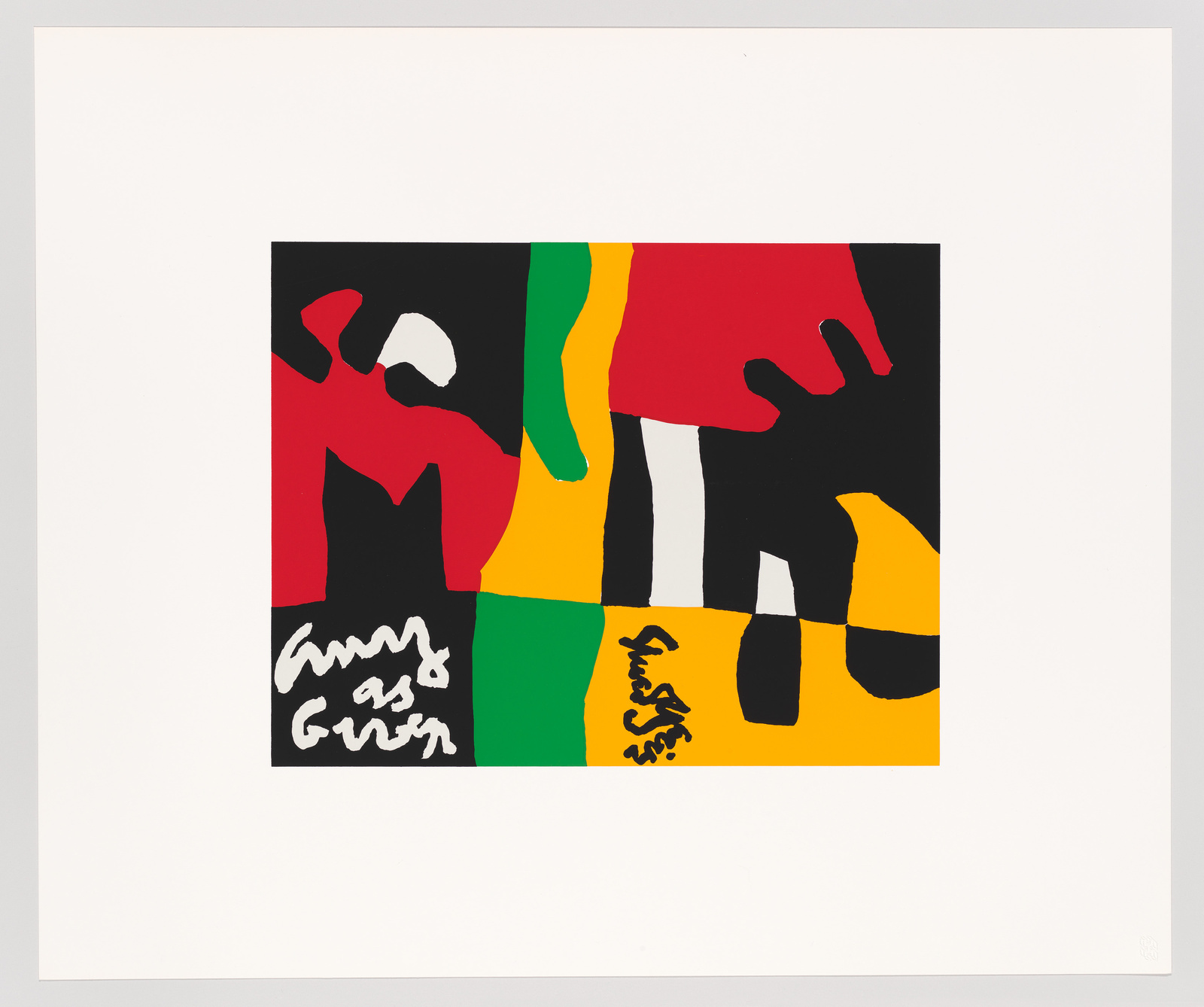0:00
Stuart Davis, American Painting, 1932/42-54
0:00
Harry Cooper: This is one of Davis's most complicated, most unusual paintings, American Painting. You can tell, from the dates alone, that it went through several campaigns of work, starting in 1932, and continuing in 1942 and 1954, all on that one canvas.
He painted this for the Whitney Museum, for its first annual show, the series of shows that went on to become the Biennials. The Whitney is a museum of American art, and he's, I think, rising to the occasion and making what he calls an American Painting.
Davis has become very active, very involved in artists' organizations, struggling, working to get better pay for artists, get more federal programs for artists.
It's possible that he's representing himself and several of his colleagues in those four males figures. It was also a time when abstract art was struggling. The great popular art of the '30s was so called American Scene painting, very rural, very nostalgic painting. And that was the painting that was selling, and Davis was not selling. In fact, his dealer suggested that they title one of his shows American Scene simply in order to try to get a little more attention for it.
Davis might have felt a pull, given this difficult context, back towards representation, maybe in an effort to make his painting relevant to everything that was going on, all the trouble. The men up there, their hands crossed, hand in pocket, they're not employed. They're hanging out. The revolver, the woman who may be a socialite, a lot of suggestion of class is maybe jostling in this painting as much as all the shapes and colors.
Davis was working on behalf of his class, the working class. We don't always think of painters as working class, but that's certainly how Davis thought of himself. Painters were among the groups leading the struggle for workers' rights.
